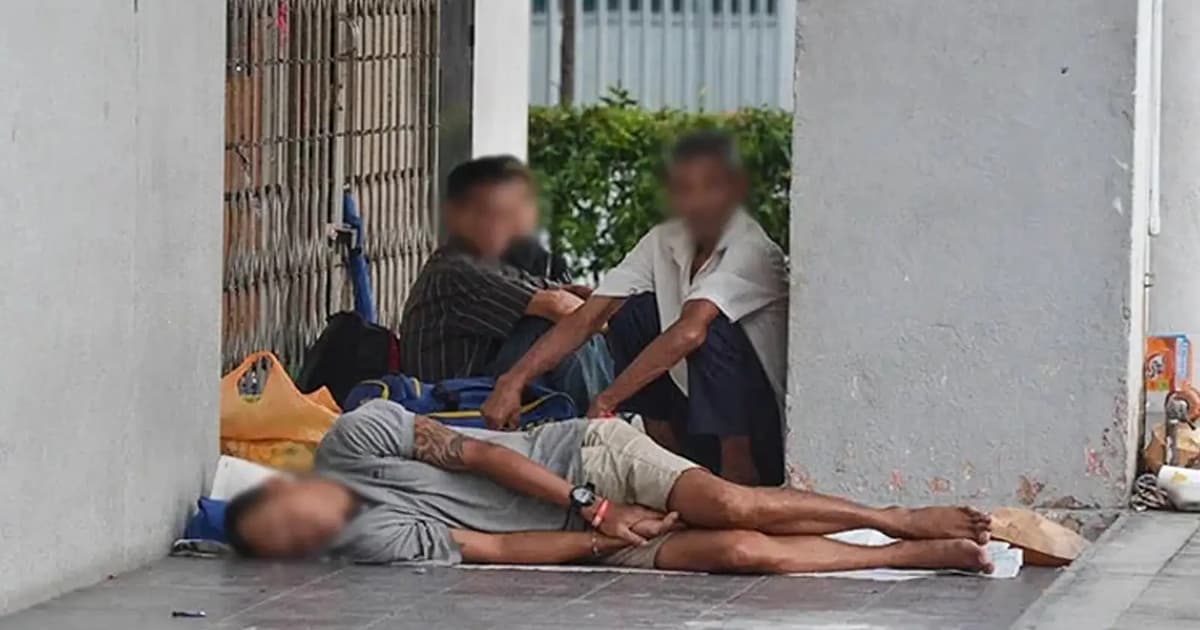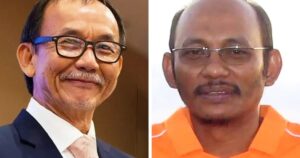
Two NGOs have criticised the government over its plan to study the use of infrastructure designed to deter homeless people from sleeping in public spaces, saying it hides poverty rather than address it.
Yellow House KL, an NGO focused on improving the lives of marginalised people, said that approach risks being symbolic and exclusionary, running counter to Malaysia’s goal of creating inclusive and sustainable cities.
“If the city simply installs hostile architecture without addressing root causes, it is managing visibility, not eradicating homelessness.
“That turns ‘placemaking’ into clean spaces for some, instead of dignified places for all,” the NGO’s founder, Shyam Priah Marimuthu, told FMT.
Shyam urged Kuala Lumpur City Hall (DBKL) to move from “managing symptoms” to addressing causes, by expanding affordable and secure housing as well as integrating it with mental health, employment, and social support.
She said Malaysia could instead scale up initiatives based on the “Housing First” policy and expand micro-hub networks, which combine shelter with wraparound services.
The Housing First policy is an approach that prioritises providing the homeless with immediate and permanent housing without preconditions.
The policy is based on the belief that stable housing is a human right and a basic necessity that must be met before other challenges such as mental health, substance abuse, employment or social reintegration — can be effectively addressed.
Shyam said that before the Covid-19 pandemic, the NGO ran a small-scale Housing First micro-hub because of limited funds, but it worked.
“People received housing first, followed by assistance to secure jobs, healthcare, and legal aid. Within four months, 85% of our 138 clients had found and kept jobs. It shifted the model from ‘prove you deserve housing’ to ‘you have housing — now we’ll help you rebuild’,” she said.
Last week, federal territories minister Dr Zaliha Mustafa said DBKL was studying similar infrastructure used in London, Tokyo, and Singapore — designs to keep public spaces “user-friendly while discouraging prolonged homeless activities”.
She said the approach also involves designing public benches, for example, that are not suitable for lying down, along with optimal lighting and landscape layouts that promote temporary use while ensuring safety. The minister also proposed requiring food distributors to use retort packaging to improve hygiene and shelf life.
But Yayasan Chow Kit founder Hartini Zainudin said much depends on how DBKL plans to implement the infrastructure policy.
She warned that if the emphasis shifts toward “anti-homeless architecture” and meal regulations that treat homelessness as a public nuisance, it would reinforce exclusion rather than encourage inclusion.
“Some aspects, like better coordination of feeding points, may be practical. But overall, the plan appears aimed at managing visibility rather than reducing homelessness — more of a public relations exercise than a solution,” Hartini said.
She also said suggestions like fixed feeding sites and the registration of NGOs and influencers working with the homeless only address hygiene concerns and the city’s image without proper focus on housing, health, and human rights.
Drawing from her experience in shelters in New York, she added that “defensive” urban design and restrictive feeding rules often displace people, pushing them into riskier spaces and making outreach harder.
“Essentially, anti-homeless infrastructure hides poverty and risks criminalising it. Kuala Lumpur shouldn’t treat homelessness as something to clean up, but as a condition to understand and resolve — with compassion and evidence-based policy,” she added.






